What do you eat while hunting?
It seems that most men just eat simple and quick “snacks”, which is good when you go out.
But what if you had to plan a week-long menu that you could fit in your backpack and then easily prepare in the backcountry? That’s the exact scenario that I’m wrestling with for my upcoming elk hunt.
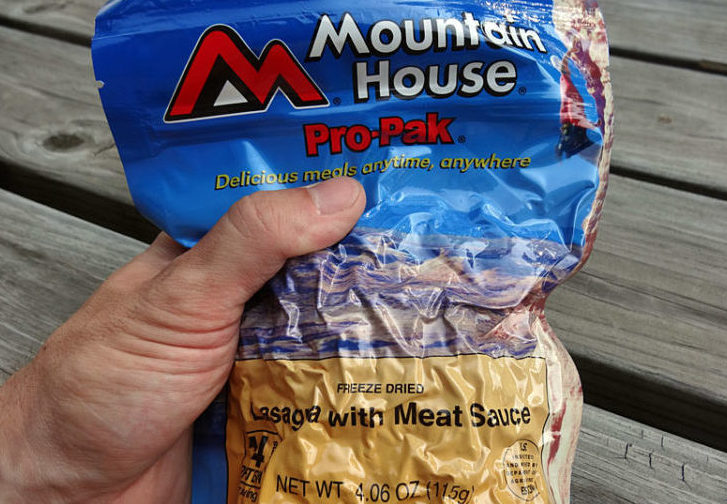
If you begin to research food for backpacking, all sorts of options will turn up. Everything from the insanely simple meal bars, to the incredibly complex backcountry bistro cuisine.
Like everything else that goes in your pack, what you bring to eat on a week-long hunt is an important decision. There’s a myriad of factors to consider, including…
Packability
- How bulky or heavy is a particular food item?
- Is it going to get easily crushed, mushed, or crumble?
- Is it something that is easy to break up into serving-size portions?
- What type of container or packaging does it come in?
- Will there be a lot of excess trash that you have to pack once the food is consumed?
Ease of Use
- How long will this food item last without refrigeration?
- Can it last a whole week if it is exposed to a variety of temperatures?
- How long will it take to prepare this food, and what sort of equipment will you need to cook it?
- Do you need utensils and/or dishes to eat it?
- What kind of clean-up will be involved once you’ve finished the meal?
Value
Food should provide good nutritional and monetary value. You should be eating “quality” calories, not just empty sugars and starches.
What does it cost? Will you go broke trying to buy enough of it?
Edibility
- Is this food something that you can eat regularly?
- Does it taste good, and can you eat it even when you don’t feel like eating, but need the calories?
- Does this food agree with your system?
The Magic Number
If you begin researching backpacking foods you’ll notice that there’s a lot of talk about “caloric density” – how many calories are there per ounce of weight?
For example, something like an apple is relatively heavy, yet doesn’t have many complex or substantial calories. On the other hand, something like olive oil packs a lot of calories-per-ounce, but isn’t very edible.
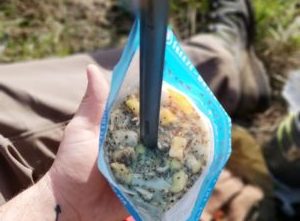
When hunting hard in the mountains, fats and proteins are your friends. These calories will stick with you and provide your body with a substantial store of energy to burn.
But don’t get too legalistic about the “100” number, or feel like every single food has to fit in that range. Instead, try to balance out an entire day’s menu and achieve a ratio of 100, or greater, for all foods combined.
Example Menu
UPDATE: I have a new menu for 2021 and I detail what, and why, I have changed from the menu below. What’s below is still relevant, but here are some new thoughts on the topic.
As you can see, I have split my menu into 5 meals. My intention is to keep calories in me throughout the day, providing me with a steady supply of energy, and avoiding the sluggishness that comes from eating the majority of my calories in just a few larger meals.
My Numbers – Calories, Weight, and Density
It’s hard for me to plan how many calories I need for this trip, because I’m very hit or miss when it comes to having an appetite while backpacking. Some days I can feel the calories I’ve burned after a long hike, and I ravage through food, but on other days I just don’t have any desire to eat.
To be on the safe side, I’ll be sticking with 2750-3000 calories per day for my elk hunting trip. This should be more than enough calories to keep me fueled for 6 days of hard hunting in the mountains.
My weight per day is going to be 1.5-1.75lbs, with a caloric density of 115-120. This is a reasonable weight and will allow me to pack no more than 10lbs of food for my entire trip. (Food is heavy!)
I’m happy with my density ration, but I know I could probably shave some weight by bringing fewer items. But, better safe than sorry! And luckily I’ll only be carrying all of this food once – on the trip into my backcountry basecamp.
Organization
It is very important to take this planned approach to your meals. You could just throw a bunch of items into your pack, but what happens if you eat all of your favorite foods first, and then are left with unappetizing choices for the last couple of days of your trip? Planning also helps keep a good nutritional balance, by getting the right variety of fats/proteins/carbs.
Organize each day’s food into its own gallon-size Zip-Loc bag. That way you know exactly what you have to eat that day, and you can carry the necessary foods when you leave camp for the day.
Nothing gets lost, all of the trash can be contained in that day’s bag, and you know exactly what you have to eat. And while you’re packing these food bags, be sure to remove all unnecessary factory packaging from each food item. Why carry more trash than you need to?
Here are a few quick thoughts on each of the items listed in this example menu…
Granola – Provides a good nutritional value of fats and carbs. Mix dry granola with powdered milk, add water, and you are ready to go. Easy to eat, no cooking necessary. (Make it more interesting by adding a few bits of dried fruit.)
Clif Gel – My favorite flavor, the “Double Espresso”, is a good alternative to coffee, and provides some quick-burning carbs for a morning hike up the ridge. I’ll still pack Starbucks Via coffee, but I don’t always feel like firing up the stove in the morning, so this is my “fix” to wake me up. https://shop.clifbar.com/collections/clif?product-line=shot-energy-gel
Trail Mix – The ultimate hiking/backpacking food. Very dense in calories, easy to pack, no prep, and downright tasty.
Honey Stinger – I started using these to provide some calories on long runs, and was impressed by the effectiveness of their natural ingredients. They also taste great…I can eat them any time. https://www.honeystinger.com/
Landjager or Summer Sausage –Provides some good fats and proteins, and will stay stable through the trip. And what hunter doesn’t love some meat?
Wheat Thins – A good carb/salt fix, and will go great with the sausage.
Justin’s Almond Butter – Convenient single-serving packages, very dense with calories, and will also go great with the Wheat Thins. http://www.justins.com/products
Wilderness Athlete – An awesome pick me up for the afternoon, and an essential source of vitamins. Also a great way to make water more interesting and hydrate effectively. (Review Here)
ProBar – For an all-natural, raw, vegan product, these things are amazing! Absolutely the tastiest meal /protein bar that I’ve ever tried. A variety of flavors are available, no prep/mess, and provide excellent calories and nutritional value. https://theprobar.com/
Jerky – Another hiking/backpacking staple. Protein. Meat. What’s not to like?
Mountain House – The best invention for backpacking since, well…the backpack! Dehydrated food may not sound very good, but there are some great Mountain House meals. And there’s nothing like a hot, delicious meal after a long day running around in the mountains. https://www.mountainhouse.com/
Snickers – Get a fix for sweet tooth while also storing up on some fats to keep the body fueled up overnight. The kind of food that is great for backpacking and hunting, and horrible for everyday life.


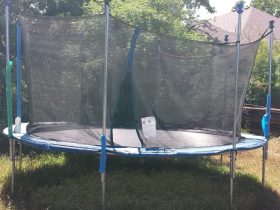


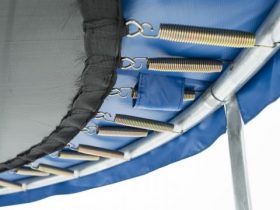
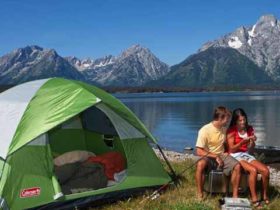
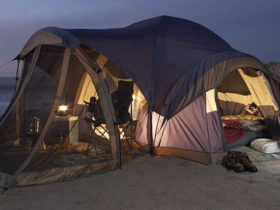
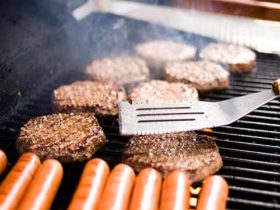
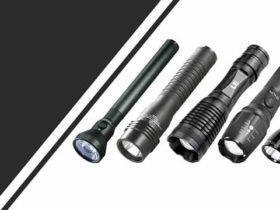
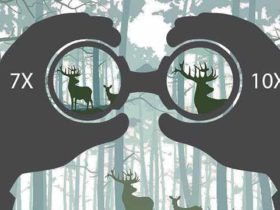
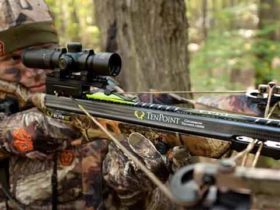
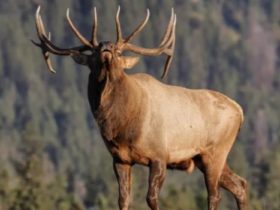
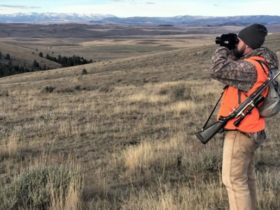
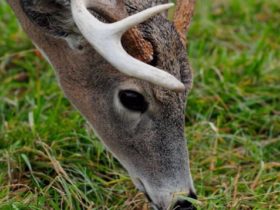
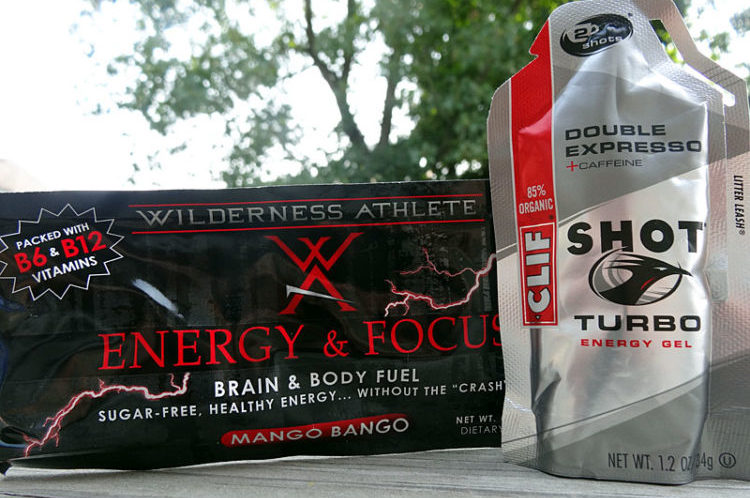




Leave a Reply
View Comments